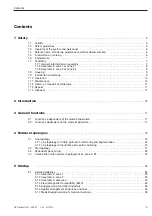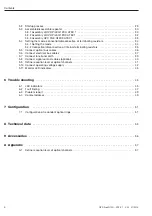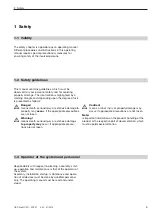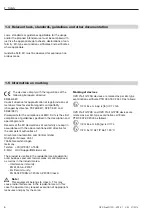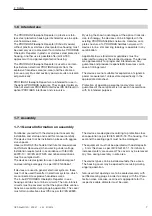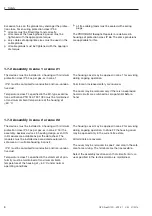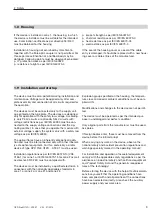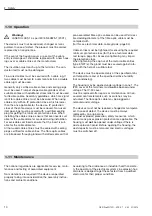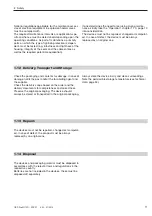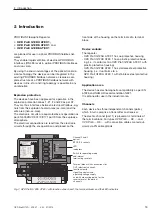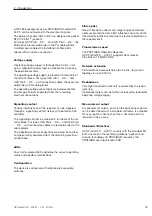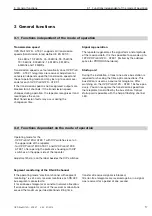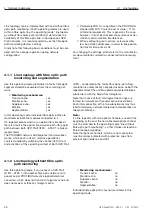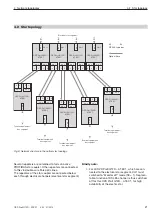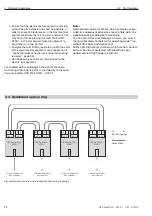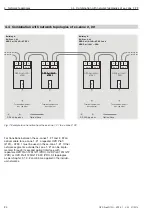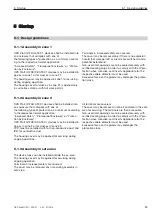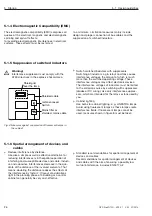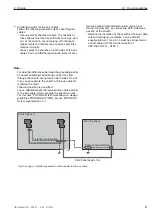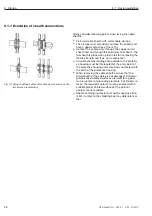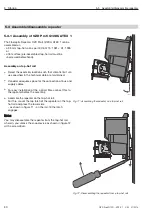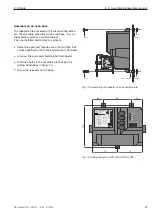
3.1 Functions independent of the mode of operation
17
3 General functions
OZD Profi G12D... ATEX 1 V. 03 07/2014
3 General functions
Transmission speed
OZD Profi G12D... ATEX 1 supports all transmission
speeds (transmission rates) defined in EN 50170:
9.6 kBit/s, 19.2 kBit/s, 45.45 kBit/s, 93.75 kBit/s,
187.5 kBit/s, 500 kBit/s, 1.5 MBit/s, 3 MBit/s,
6 MBit/s and 12 MBit/s.
Transmission speed is set automatically once OZD Profi
G12D... ATEX 1 telegrams are received. Adjustment or
conversion depends upon the transmission speed and
the set operating mode and may last up to several sec-
onds for each OZD Profi G12D...ATEX 1 .
If the transmission speed is not recog nised, outputs are
blocked for all channels. If the trans mission speed
changes during operation, the repeater recognises it and
reconfigures the same.
Brief transmission faults may occur during the
changeover time.
Signal regeneration
The repeater regenerates the signal form and amplitude
of the received data. It is thus possible to cascade up to
122 OZD Profi G12D... ATEX 1 (limited by the address
space for PROFIBUS networks).
Startup aid
During the installation, at least one active bus station is
required for checking the fibre optic connections. This
bus station is used as a source for telegrams. After
switching on, the OZD Profi G12D... ATEX 1 behave pas-
sively. You can recognise the transmission speed from
the telegrams transmitted by the bus station. Optical
startup aid is possible with the help of flashing channel
LED.
Operating mode for the
- OZD Profi G12DU ATEX 1 with DIP switches is set on
the upper side of the repeater
- for OZD Profi G12DK ATEX 1 and OZD Profi G12DE
ATEX 1 after opening the protective housing with DIP
switches on the upper side of the repeater
.
Adjustment help is on the label besides the DIP switches.
3.1 Functions independent of the mode of operation
3.2 Functions dependent on the mode of operation
Segment monitoring of the RS-485 channel
If the operating mode “electrical channel with segment
monitoring” is set, every receiver monitors each RS 485
bus segment connected to
it for erroneous telegrams or constant network allocation.
If erroneous telegrams arrive at the receiver or allocations
exceed the maximum permissible transmitting time,
transfer of received signals is blocked,
till error-free telegrams are received again or no signal
was received for a period of one second.

